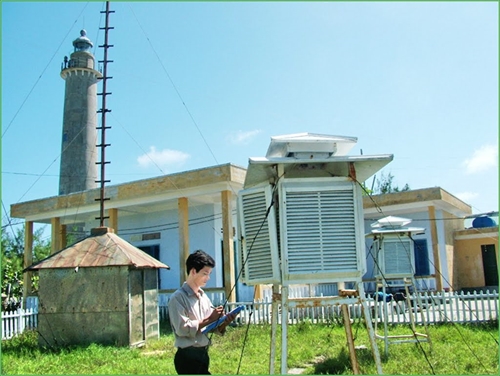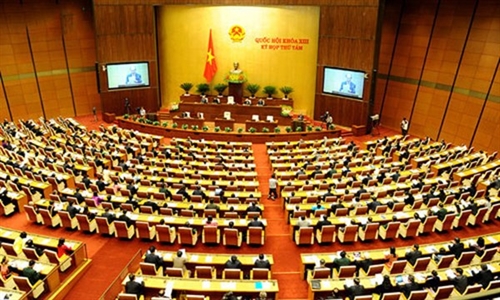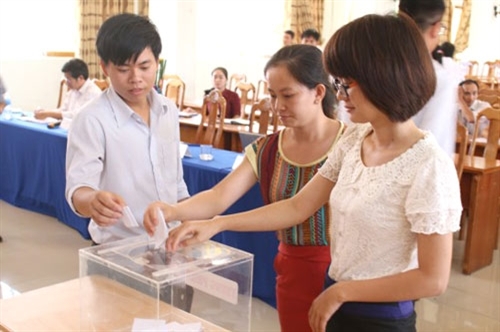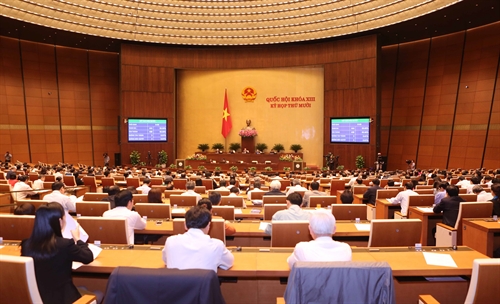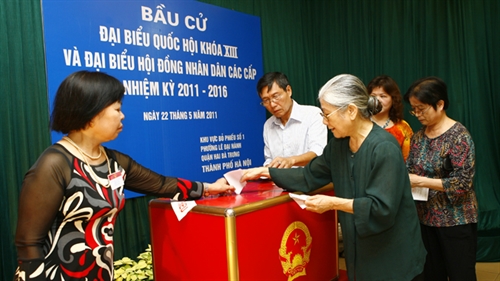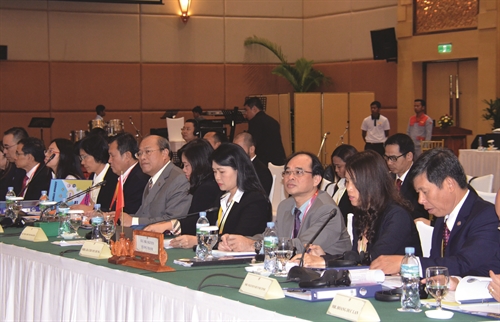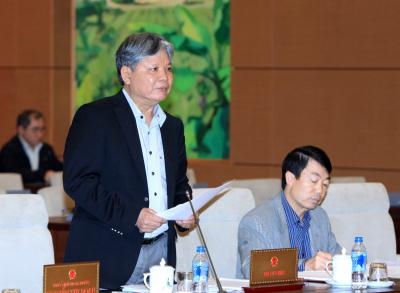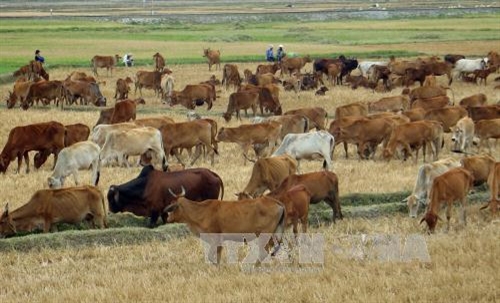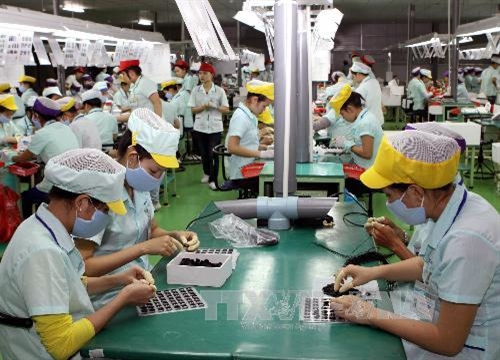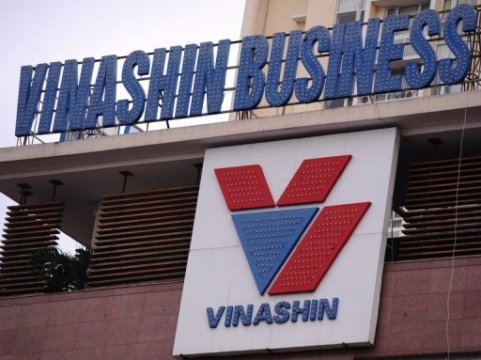With seven chapters and 106 articles, the Law on Children (the Law), which was passed in April, introduces children’s rights and duties, principles and measures to guarantee the realization of children’s rights, and responsibilities of agencies, organizations, educational institutions, families and individuals for exercise of children’s rights and duties.
Compared to the current Child Protection, Care and Education Law enacted in 2004, the Law contains many new provisions, focusing on children’s rights and duties, children’s participation in their own matters, measures for child protection, alternative care and prohibited acts.
Maintaining legal child age at under 16
The Law maintains the legal age of children at under 16.
Regarding the definition of children, the term “Vietnamese citizen” is replaced with the term “person” as the Law applies to not only Vietnamese children but also foreign children residing in Vietnam. Under Article 1, a child is a person below the age of 16.
The Law defines 14 categories of disadvantaged children, including five new ones, in the context of international integration and new period of socio-economic development. The new categories include children having to drop out for livelihood before completing lower secondary education; children suffering serious physical and mental harms due to violence; trafficked children; children of poor or near-poor households who suffer a dangerous disease or a disease requiring long-term treatment; and migrant and refugee children whose parents have not been identified or who are unaccompanied.
Child protection
Pursuant to the 2013 Constitution and the United Nations Convention on the Rights of the Child, the Law defines 25 groups of children’s rights with many new ones, including the right to freedom of belief and religion, right to privacy, right to alternative care and adoption, rights to be protected from sexual abuse, labor exploitation, violence, trafficking, kidnapping, fraudulent exchange or appropriation, right to be protected in legal proceedings and administrative handling, right to be protected when facing a natural disaster, a catastrophe, environmental pollution or armed conflicts, right to be guaranteed with social welfare, and rights of stateless children and refugee children.
The Law devotes Chapter IV to providing child protection with many new contents compared to the current law. Measures for prevention, assistance and intervention are specified in the Law together with implementation responsibilities of agencies, organizations, families and individuals for child protection. The Law forms types of child protection service establishments at the three levels of prevention, assistance and intervention for all children, supporting children at risk rather than stepping in only when children have fallen into special circumstances.
In addition, the Law details forms and conditions on alternative care, responsibilities and rights of alternative caregivers and related process and procedures.
Noteworthily, Section 4 of this Chapter adds measures for child protection in the course of legal proceedings, handling of administrative violations, rehabilitation and community re-integration. This content is formulated on the basis of systemizing principles set out in current legal documents applicable to minors in the course of legal proceedings and handling of administrative violations and those set out in the United Nations Convention on the Rights of the Child and treaties on justice for children of which Vietnam is a member.
Participation in matters on children
This provision aims to concretize Clause 1, Article 37 of the 2013 Constitution “children may participate in child-related issues”.
The Law provides contents, scope and forms of children’s participation in matters on children and responsibilities of families, schools, other educational institutions and communities to guarantee this right.
Under Article 74, the following matters on children or related to children must involve the participation of children or organizations representing their voices and aspirations, depending on the age groups of children: i) The formulation and implementation of programs, policies, legal documents, master plans and plans on socio-economic development; ii) The formulation and implementation of decisions, programs, activities of socio-political organizations, social organizations and socio-professional organizations; iii) Decisions and activities of schools, other educational institutions, and child protection service establishments; and iv) The application of measures and ways of childcare, nurture, education and protection at families.
A new special content is specified in Article 77 “Organization representing the voice and aspiration of children”. Accordingly, the Ho Chi Minh Communist Youth Union Central Committee will be the organization representing the voice and aspiration of children and supervising the exercise of rights of children according to their opinions and aspirations. This is a new progressive mechanism, showing the State’s and society’s respect for the voice of children. This provision meets the requirement of the Children’s Rights Committee of the United Nations on an agency or organization operating outside the authority of the State, ensuring objectivity and independence of the representative voice for children.
From June 1 next year, the Law will replace the 2004 Law.-
